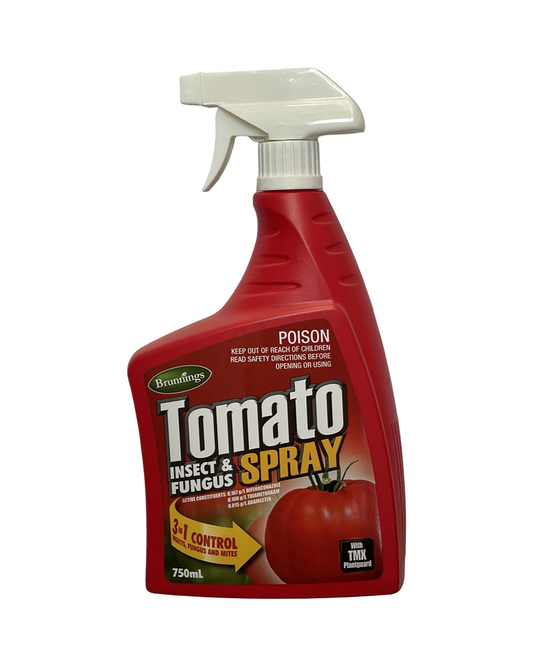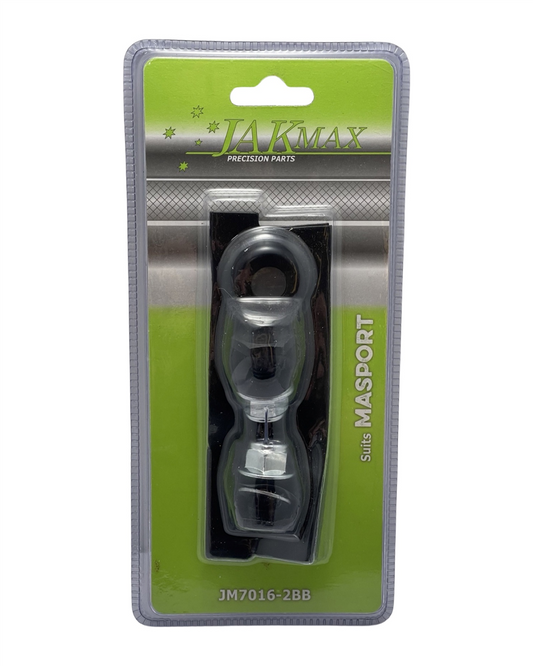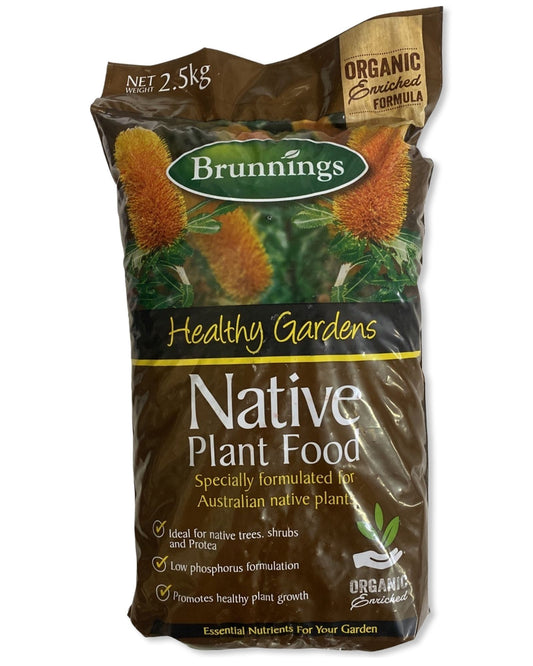Moisture-Absorbing Plants Every Small Space Needs
Share
Say Goodbye to Dampness with These Moisture-Absorbing Plants
Ever walked into a room and felt like you were wading through a rainforest? Whether it’s an overly steamy bathroom, a musty laundry, or a living space that always feels just a little too damp, excess moisture can make your home uncomfortable. And if left unchecked, it can invite unwelcome guests like mould and mildew. The good news? You don’t need to invest in fancy gadgets to fix it. Some plants can soak up moisture from the air, leaving your home fresher and healthier—naturally!
How Do Plants Absorb Moisture?
It’s not just their good looks that make them special—some plants are natural dehumidifiers. Through a process called transpiration, they release water vapour into the air. Some varieties take it a step further by absorbing excess moisture through their leaves. That means less humidity in your home and a more breathable, comfortable space.
Top Moisture-Absorbing Plants for Small Spaces
Don’t let a small home stop you from embracing greenery. These plants work their magic in tight spaces while doubling as stylish décor.
1. Peace Lily (Spathiphyllum)
This beauty isn’t just a pretty face. Peace lilies thrive in humid environments and actively pull moisture from the air through their leaves. Bonus— they’re also known to filter out airborne toxins, making your air cleaner in more ways than one.
2. Boston Fern (Nephrolepis exaltata)
With lush, feathery fronds, the Boston Fern is perfect for absorbing excess moisture. They love bathrooms and laundry rooms, where humidity levels tend to be higher. Keep their soil damp, and they’ll keep your space dry and fresh.
3. Spider Plant (Chlorophytum comosum)
Tough, adaptable, and impossible to mess up—spider plants are a dream for beginners. They absorb moisture from the air and help reduce indoor pollutants. Hang them in small corners, and they’ll reward you with beautiful cascading leaves.
4. English Ivy (Hedera helix)
If musty smells and lingering dampness are a problem, let English Ivy be the hero. This trailing greenery is excellent at filtering airborne moisture while adding a touch of elegance to bookshelves and hanging planters.
5. Areca Palm (Dypsis lutescens)
Small-space dwellers, rejoice! The Areca Palm is a powerhouse when it comes to balancing indoor humidity. While taller varieties are great for larger rooms, smaller potted ones fit right in on countertops and window sills.
Where to Place These Plants for Best Results
Strategic placement can make all the difference. If you’re tackling a damp issue, position moisture-absorbing plants in:
- Bathrooms: Corners, countertops, or even hanging planters.
- Laundry Rooms: Near sinks or washing machines.
- Bedrooms: Especially if condensation on windows is an issue.
- Living Rooms: Close to walls that tend to feel damp.
Tips for Keeping Your Plants Happy
Plants work best when they’re thriving. Here are some easy ways to care for them:
- Check the soil regularly—some love moisture, while others prefer drier conditions.
- Wipe their leaves to keep them free from dust.
- Rotate them occasionally for even growth.
- Use well-draining pots to prevent waterlogging.
A Natural Way to Freshen Up Your Home
Nature has a way of providing solutions to everyday problems. These moisture-absorbing plants not only help balance humidity but bring in a touch of greenery that makes a house feel like a home. So next time you notice a room feeling a little too damp, skip the dehumidifier and turn to some leafy companions instead.
Happy planting!
Cheers,
Candeece

Stay Connected
Join our gardening community on Facebook the Urban Gardener's Notebook
And follow our Store Facebook Page: Strathalbyn H Hardware on Facebook









